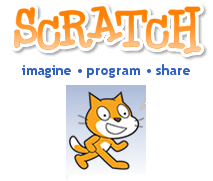I record audio notes to myself and it can be difficult to go back and listen to them. This is especially frustrating because I have to be at my computer to do so. I needed to be able to take my smaller notes in a single file on my phone and listen to them while I commute to work. After doing some research online, I was able to write the following bash script to do just that:
#!/bin/bash mkdir temp_mp3 find -size -20000k -name '*.WAV' | \ while read f; do echo "Processing $f" lame "$f" "$f.mp3" echo "cat $f.mp3 > Combined.mp3" cat "$f".mp3 Combined-temp.mp3 > Combined.mp3 mv Combined.mp3 Combined-temp.mp3 mv "$f".mp3 ./temp_mp3/ done mv Combined-temp.mp3 Combined.mp3 mp3val Combined.mp3 -f -nb
The bash script is straight-forward, but for those of you that cannot read the script:
- Run this script in your desired directory
- A list of all of the WAV files that are less than 20 megabytes is generated (using find)
- Each file will be changed into an MP3 (using LAME)
- The current MP3 will be concatenated into a single MP3 file, Combined.mp3 (using cat)
- After it has been concatenated, the MP3 file is moved to a directory, ./temp_mp3
- Once all of the applicable WAV files have been processed, the Combined-temp.mp3 is renamed to Combined.mp3
- An mp3val is ran on the newly named Combined.mp3 to clean up some of the ID3 header information
- Enjoy listening to your new mp3
This information was gathered from the following sources:
- Making BASH script `for` handle filenames with spaces (or workaround)
- Handle filename with spaces inside Bash-script – Super User
- (unix shell scripting) Trim last 3 characters of a line WITHOUT using sed, or perl, etc
- bash loop over file
- bash for loop
- Use bash to read a file and then execute a command from the words extracted
- Convert All .flv files in a folder to MP3
- bash script: making variable the result of a command
- How Do I Find Files with Linux?
